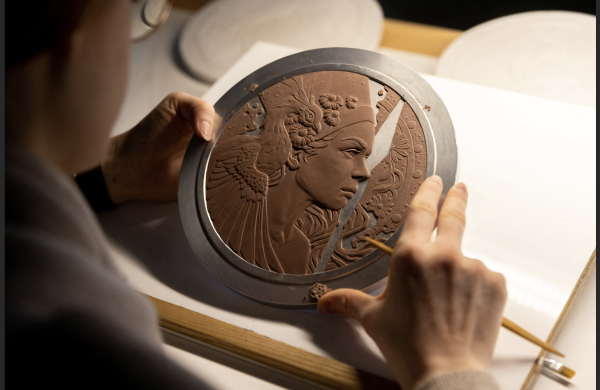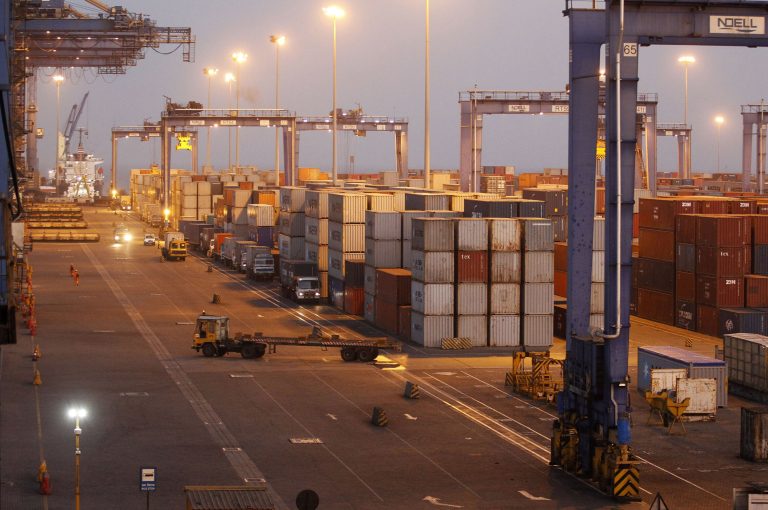By Francois Murphy
VIENNA – The Austrian Mint, one of the world’s oldest and biggest producers of gold bullion coins, is unable to keep up with demand as people rush to find a safe haven for their money amid surging inflation and economic fears caused by the war in Ukraine.
“Demand for gold has never been as high as this year,” the Mint’s Chief Executive Gerhard Starsich told Reuters in his ornate office in a Vienna building where coins have been struck since the 1830s. Behind its quiet facade lies a warren of workshops where modern machines melt metals and thump out money.
“At the moment, every gold coin that comes off the coining press has already been sold,” said Starsich. “Right now we could sell three times as many as we are able to produce.”
The Mint’s shop, a modern corner of the building, has had a long queue outside daily for months. Among those standing in line was pensioner Renate, one of the few willing to talk about her purchasing habits.
Success
You are now signed up for our newsletter
Success
Check your email to complete sign up
“I’m from an older generation. Whenever things get a bit uncertain we come back to gold coins and tell ourselves we’ll always be able to sell them,” she said. “Gold has that safety factor.”

Starsich said customers were of all ages and from all walks of life. Around a third of the Mint’s sales are to foreign buyers.
The Mint was founded in 1194 to strike coins from the silver paid as a ransom for Richard the Lionheart after he had been seized and held captive by enemies near Vienna.
Today, the Mint says its one-ounce Philharmonic gold coin, named after the world-famous Vienna Philharmonic Orchestra, is the top-selling gold bullion coin in Europe and Japan.
Hoarders
Austria is a financially conservative country in which the public hoards cash and gold in times of crisis. The Mint says demand for gold is the highest it has been since it took on its current form in 1989.
The Austrian National Bank, which owns the Mint, said in a presentation on Austrian households’ finances in October that more gold had been bought in the two-and-a-half years since the coronavirus pandemic started than in the five years before that.
It noted demand for gold in the first half of this year was higher even than in the first half of 2020 “despite rising prices”, suggesting a rush to an asset seen as a safe haven.

“It’s a cascade,” Starsich said of the causes. “It started with the corona crisis, with the pandemic, when people were unsettled. Then in February Russia invaded Ukraine. That boosted sales again. And then the rising inflation over the summer/autumn, which increased sales further slightly.”
This year at the end of November, the Mint had sold more than 1.8 million ounces of gold and was approaching the record of more than 2 million set in 2009 after the global financial crisis. Sales in December are usually strong as gold is a traditional Christmas gift.
Starsich added that the rush to gold was a global phenomenon seen at other major national mints. The gold price is currently around $1,800 an ounce, short of its peaks above $2,000 in March of this year and August 2020.
He said he believed more Austrians were seeking to include gold in their portfolios as a hedge against stocks or to diversify their portfolios. Many analysts doubt the usefulness of gold to counter inflation, however.
Reporting by Francois Murphy; Editing by Alexandra Hudson







